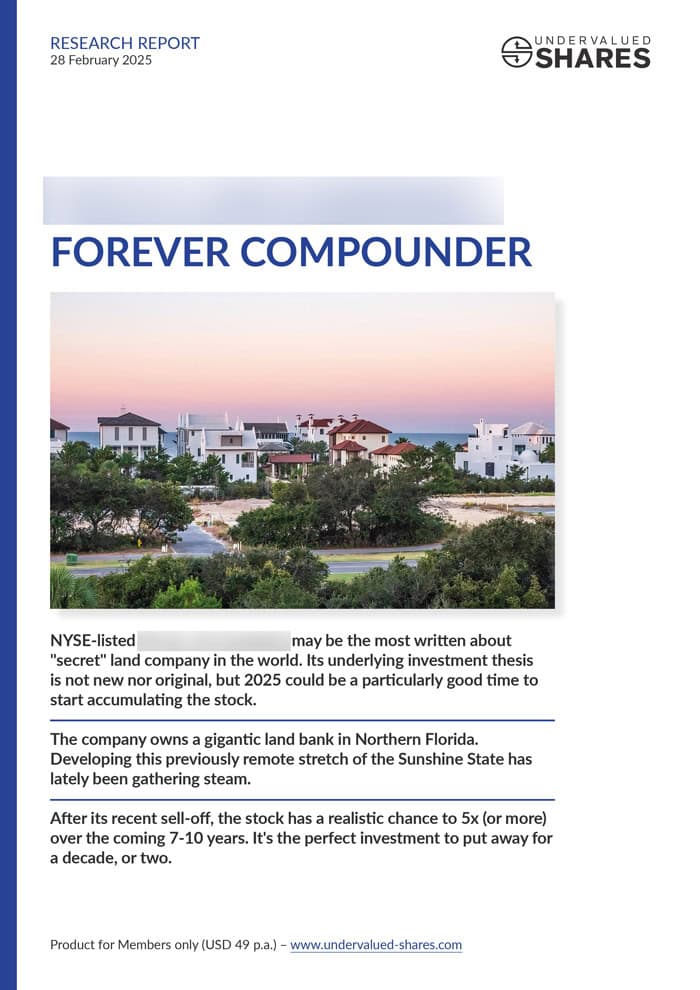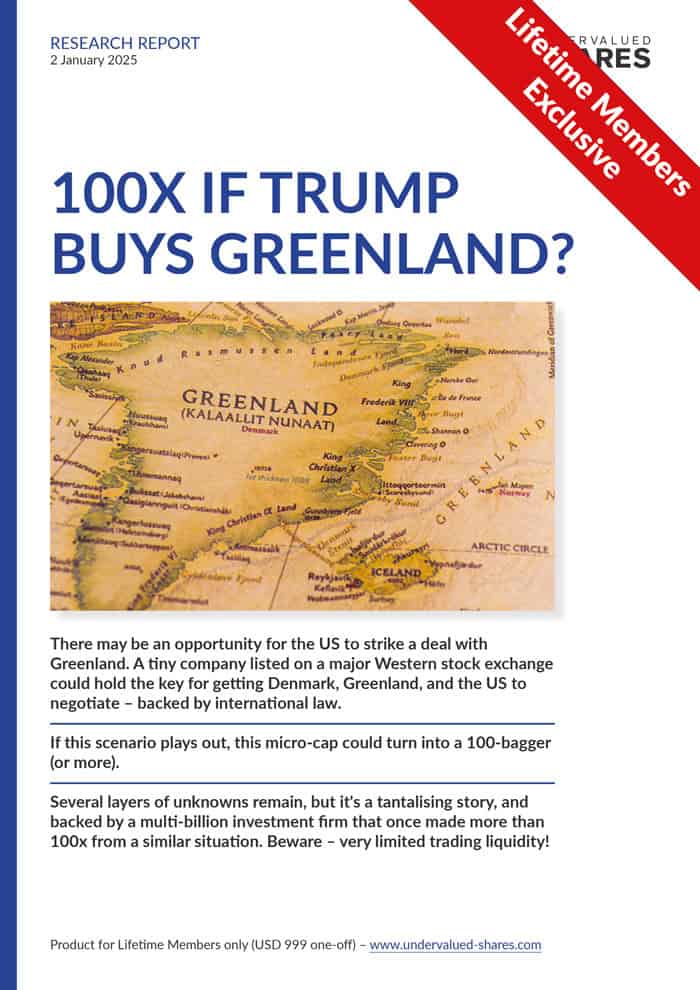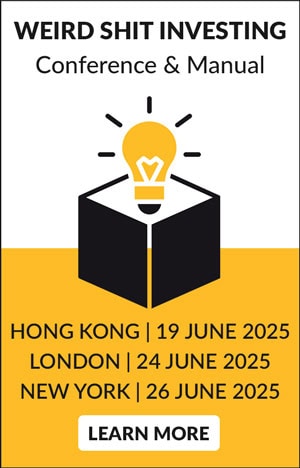1990 was a year I happened to live in the US. Attending High School in New Jersey, I wasn’t particularly interested in my classes. Whenever I could, I sneaked into the library and read the Wall Street Journal as well as the business section of the New York Times.
I vividly remember the reporting at the time about the US tobacco industry. These were the days when being invested in the tobacco industry seriously fell out of fashion (at least if you were part of what we would nowadays call the “Metropolitan Elite”).
On 24 May 1990, the New York Times reported a bombshell that today counts as one of the early landmarks of this particular movement.
The investment managers looking after the Harvard University's endowment funds had decided to not only dump all tobacco shares but also to let the public know about it. Never mind the investment prospects of the stocks, these were secondary. They wanted to send a widely visible signal that being associated with this industry through ownership of shares was terrible, and that Harvard University wanted nothing to do with it.
What followed was one of the first great divestiture campaigns. Mutual funds, pension funds, and insurance companies were pressured into selling their tobacco shares. If you didn’t fancy a public flogging, you better played along! Billions of funds were reallocated.
Little did those sellers know that they were creating one of the great investment opportunities of the 1990s.
The Harvard experts lost out, but someone else gained
Scores of big financial institutions selling out of tobacco-related shares led to some outstanding bargains. Anyone who didn’t play along with the group-think at the time could have easily taken advantage of it. Obviously, some did, because each share that got sold by someone had to be bought by someone else. There must have been many a Joe Public somewhere who picked up the shares that were dumped by the “experts” working in the finance industry.
Altria, which sells the Philip Morris – Marlboro cigarette brand in the US and has other tobacco-related subsidiaries, is a prime example.
Had you bought Altria exactly when Harvard sold, you’d be sitting pretty now. Its share price rose from $0.82 in May 1990 to $71 in May 2017. It’s currently trading around $48. That’s 58 times your money or turning $10,000 into $580,000. One comparatively small investment at the time would have easily secured a person’s comfortable retirement.
During the same period, the Dow Jones Index rose by a factor of less than 5 (so much for Vanguard’s fabled index investing).
That’s a remarkable performance, given that even today, many funds and institutional investors are still barred from investing in the tobacco sector.
Don’t you wish you had used this boycott as a sign to invest?
Why boycotts and divestiture campaigns can make for great investment bargains
At the risk of slightly simplifying a story that is complex and has many variables (e.g., Altria temporarily also owned food brands), there is one powerful mechanism at the core of all this.
When a media-fueled movement suppresses demand for an entire asset class, you inevitably end up with low valuations for these companies. Why? Because lower demand equals lower prices. These lower prices can then be taken advantage of in different ways.
E.g., you might then be able to buy into a company that pays a high dividend yield relative to the price you paid. Assuming the business continues steadily, the dividends paid to you over the years compound. Over the decades, this adds up to massive returns.
The key is to buy into ill-reputed but otherwise perfectly good assets, and to do so at a bargain basement price.
It was already evident at the time that even with decreasing demand for tobacco in the US, ample cash flow from the existing business and new business coming from emerging markets was going to keep Philip Morris / Altria in business (and very comfortably so). Harvard may have been able to do a bit of virtue-signaling and help influence US policies and culture. But that didn’t stop the cash coming in from existing customers, nor did it stop the rest of the world from lighting a ciggie.
Those who kept a cool head, looked at the evidence, and went against the trend were able to rake in an absolute fortune over the coming decades.
Which really only leaves one question to be answered.
Where’s the next lucrative boycott taking place?
Energy-related opportunities abound
No boycott and divestiture movement has ever had more impact than that of the climate change industry. The movement has literally become just that, an industry that lives off this issue.
You’d be hard-pressed to find a major newspaper or media outlet that doesn’t make reference to it on a virtually daily basis. Whatever you think of the issue itself, you have to give it to them for making one hell of a noise about their chosen cause. This extends into the finance industry, where it’s now standard practice to be “climate-conscious” in your investment choices.
Over the past decade, hundreds of billions – if not even trillions – have been steered away from investing into anything that’s associated with oil and other fossil fuels. It has been the greatest divestiture campaign of all times.
Though just as in the case of tobacco, the boycott movement’s noise isn’t going to make the actual product – or the demand for it – go away. Despite the climate change industry being louder and shriller than most anything ever witnessed, the headline figures for the projected world energy demand aren’t really moving all that much.
OPEC’s recent analysis concluded that in 2040, oil is likely to make up 27% of the global energy mix – the same as today. All fossil fuels combined are projected to broadly retain the 70% market share they have today.
The International Energy Agency has come to the same conclusions.
Renowned energy expert and economic historian Daniel Yergin, probably the world’s best-known oil sector commentator, doesn’t see demand for oil peaking before 2040. What’s more, he projects that demand will actually rise to a much higher level than today before peaking. Yergin makes the point that over the coming two decades, another 2 billion humans will be added to the world population. He also points out that 82% of the world’s population has never been on an airplane – yet!
Those at the heart of this entire question, the major players in the oil and gas industry, don’t seem overly worried either.
Oil-rich countries like Saudi Arabia may be playing along with public sentiment by making some investments in renewable energy and putting their PR staff on the case of spreading the message. But they are also forging ahead with investments that are geared toward exploiting what they expect to be an untamed demand for oil and other fossil fuels.
Just as in the case of the tobacco stock boycott, all the clues are there.
Every generation of investors gets a few grand bargains thrown its way
Unless you believe that the world is coming to an end in 12 years – as Alexandra Ocasio-Cortez announced at the recent World Economic Forum in Davos, mimicking Al Gore’s 2006 prediction that there were only ten years left before crossing a point of no return – you could probably do a lot worse than spending some time looking at opportunities among energy shares.
Obviously, you’ll have your friends shun you if they hear about your investments.
Your spouse might disown you.
Let’s not forget that investing in fossil fuels is a societal No-No, and will remain so for the foreseeable future.
But looking at it from a financial perspective, there are some of the wildest bargains out there that I have ever come across. If you refute that, you are a Low Valuation Denier.
When it comes to milking energy companies for their cash flow and dividends, these are incredibly good times to go hunting among the plethora of listed energy companies around the world.
Obviously, I am onto that already!
More about this over the coming months.
Did you find this article useful and enjoyable? If you want to read my next articles right when they come out, please sign up to my email list.
Share this post:
Wait…! There is more to Undervalued-Shares.com than my free Weekly Dispatches.
Become a Member (just $49 a year!) and unlock:
- 10 extensive research reports per year
- Updates on previous research reports
- 2 special publications per year
P.S.: I just released my latest in-depth report about what I consider to be the best equity opportunity in Germany - Porsche SE! Available for Members only so sign up now to get immediate access.








